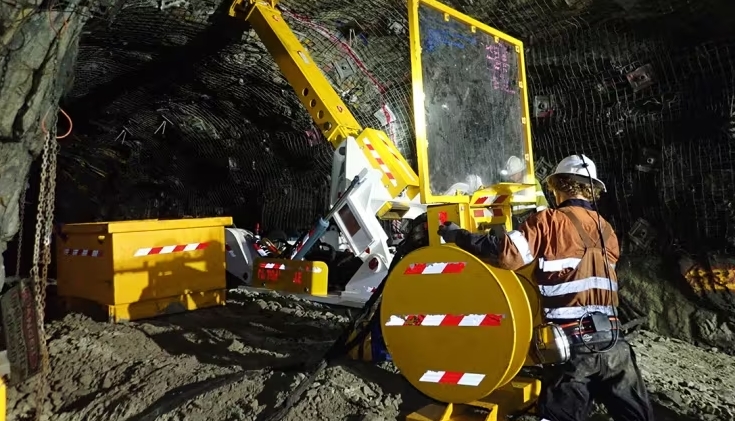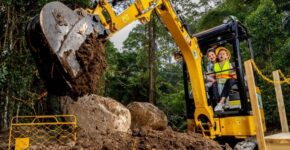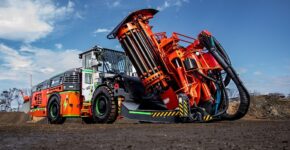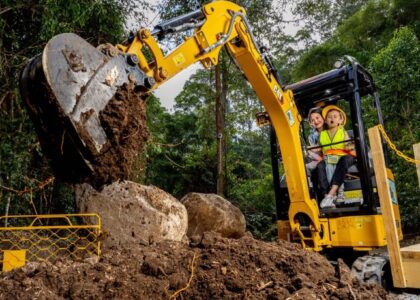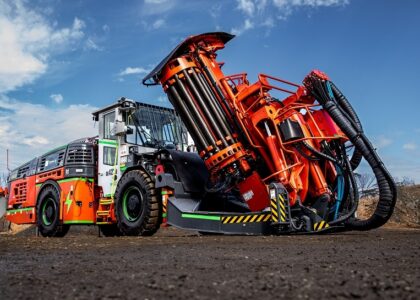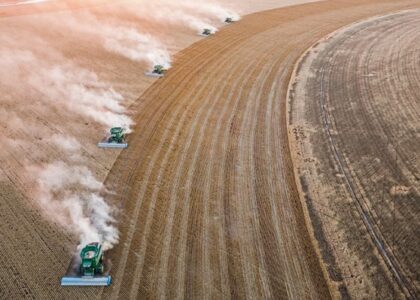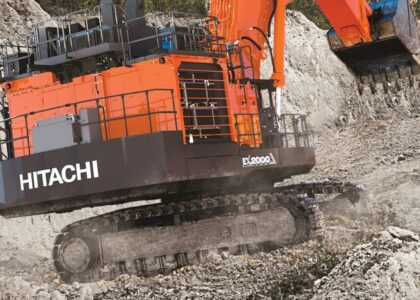Mining equipment sometimes gets buried under tonnes of rock when collecting ore
Hard-Line, a mining supply company based in Sudbury, Ontario, has joined forces with two Australian partners to develop innovative solutions aimed at enhancing the safety of machine operators during the process of digging out buried equipment in mining operations.
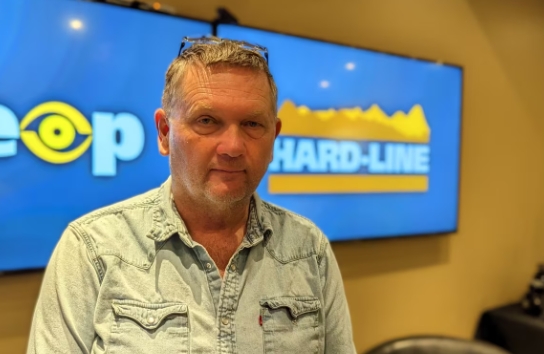
With a focus on radio remote control systems for heavy equipment, Hard-Line specializes in enabling specialists to operate machines weighing over 100 tonnes from a safe distance. In Australia, the company has integrated its remote control systems with a large extraction device developed by Beltor Engineering, in collaboration with their partner Murray Engineering, who operates a significant portion of the machinery. This partnership aims to leverage the expertise of all three companies to create advanced solutions that enhance the safety and efficiency of extracting buried equipment in mining operations.
Walter Siggelkow, President of Hard-Line, explained:
“The machine developed by Beltor is essentially a robust set of arms, brackets, and feet that grip firmly into the rock.”
These machines are capable of pulling up to 360 tonnes of debris by securely anchoring themselves to the walls of the mine and utilizing a winching system for extraction.
With the remote controls provided by Hard-Line, the machine operator can safely operate from a distance of up to 30 meters, protected from falling rocks.
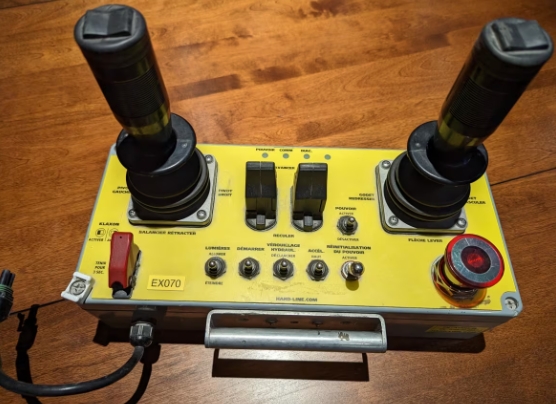
“Thanks to our innovative approach, it now takes only two to five days to safely extract a machine from rubble, depending on the conditions, compared to outdated methods that could take weeks,” stated Ben Robinson, extraction specialist at Beltor, in a news release.
Siggelkow elaborated on the process of mining machinery getting buried after blasting, which involves workers using explosives to loosen rock containing ore.
“Once the blasting is done, the machine goes in to start extracting the material,” he explained. “However, it’s important to note that the area where the material is being extracted is often not bolted or screened, which means that unsupported ground can collapse, burying the machine.”
The buried machine can have a negative impact on the profitability of the mine as it can impede or halt the process of collecting the ore. Nevertheless, Siggelkow pointed out that these buried machines, which can have a high value of millions of dollars, can often be repaired.
Siggelkow emphasized that waiting for a new machine is not a viable option, as some of these machines can have delivery times of over two years. To ensure safe and reliable operation, Hard-Line manufactures all of its remote controls and radio equipment from scratch, specifically designed to withstand the harsh conditions of underground mining environments, which can be more demanding on equipment compared to other settings.
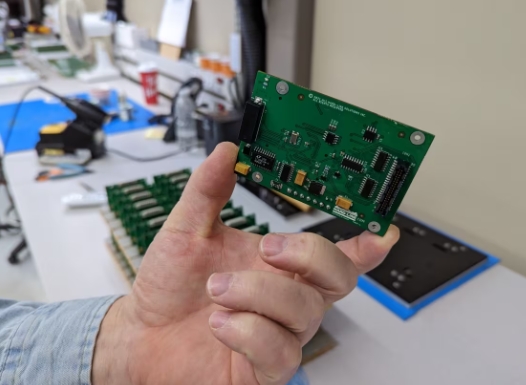
Additionally, the team at Hard-Line needs to ensure that the radio signals from their remote controls do not interfere with each other. Siggelkow explained:
“One thing to keep in mind is that underground tunnels pose a phenomenon where radio waves do not easily travel through the rock.”
This requires careful engineering and design considerations to ensure reliable communication between the remote controls and the mining equipment.
Siggelkow highlighted that radio waves can bounce off the rock and continue down the tunnel when they encounter solid rock underground. Currently, Hard-Line is using Beltor’s retrieval system exclusively in Australian mines, but Siggelkow expressed interest in bringing this innovative technology to Canada as well. He sees potential for the application of this system in Canadian mines to improve safety and efficiency in retrieving buried mining equipment.


